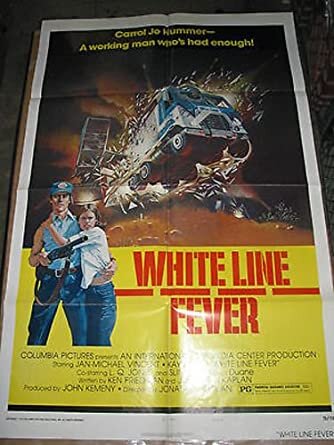John Sparks
Senior HTF Member
The scarcity was caused by everything was to be returned, so they could be used again. One of the reasons we even have the stuff is some didn't want to return it. Some people collected it from the very beginning, like coins...they knew they would go up in value.
Yes, some people got lucky and were able to buy warehouses full of posters!
Yes, some people got lucky and were able to buy warehouses full of posters!



